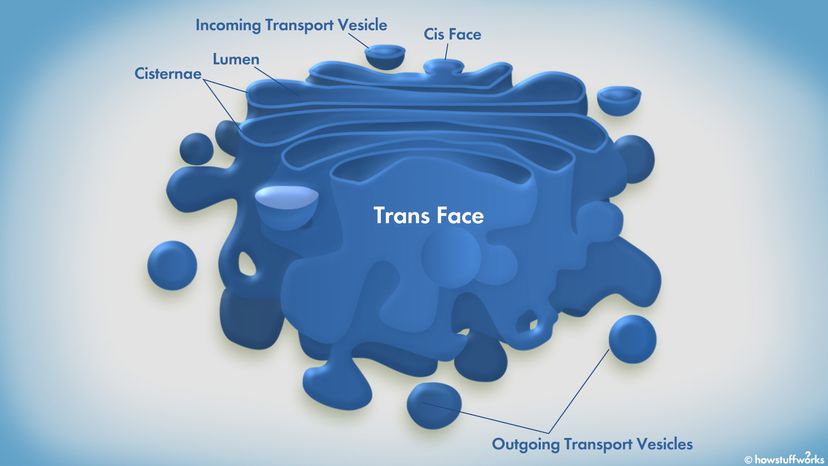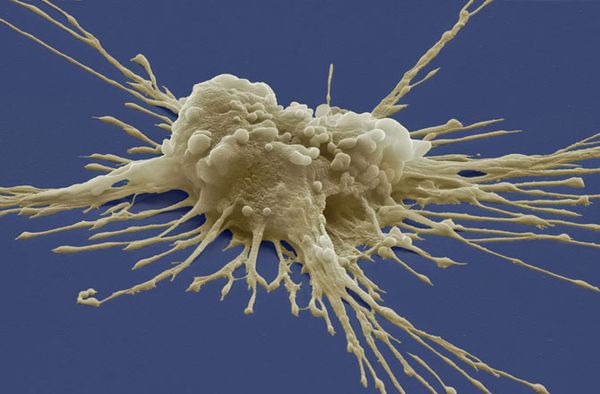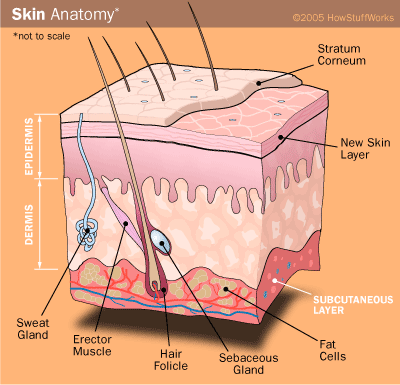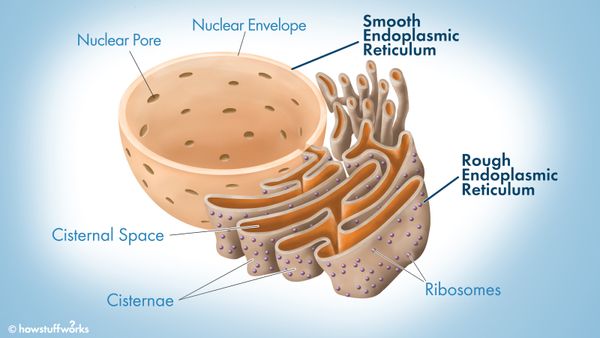
Cells: We've all got 'em. Whether you're a mushroom or an electric eel or a sycamore tree, your eukaryotic cells — the building blocks of multicellular bodies — are going to work in very similar ways to those of a jaguar or even an amoeba. The building might look really different, but the bricks look very much the same.
The bricks — the cells of a eukaryotic organism — are sacks full of little structures called organelles. Just like different people in an office building have different jobs, the organelles in a cell have really specific duties. For instance, the nucleus is the big boss, the ribosomes are content creators and the lysosomes are the office custodians. But one of the most interesting and important parts of the cell is the mail room, the Golgi apparatus, which is also known as the Golgi body or Golgi complex.
Advertisement
One of the big jobs of a cell is to make compounds: proteins, steroids, lipids and other molecules. Some organelles called ribosomes and the endoplasmic reticulum are in charge of manufacturing and packaging up these molecules, but the Golgi apparatus, or Golgi body, is in charge of processing these molecules for delivery to their final destination.
The Golgi apparatus has three primary compartments, known generally as the cisternae: the “cis” face (the cisternae closest to the endoplasmic reticulum), the “medial” (the internal layers of cisternae), and the “trans” face (the cisternae farthest away from the endoplasmic reticulum). The Golgi apparatus may contain anywhere from three to 20 cisternae, but most contain about six cistern within the lumen, or internal space of the Golgi apparatus.
Here's an example of how it works: As a ribosome builds an amino acid chain, it's pushed into the endoplasmic reticulum. When the protein is complete, the endoplasmic reticulum passes it along to the receiving side of the Golgi apparatus, called the cis face, which is made up of stacks of membranes that cut up large proteins into smaller hormones and can combine proteins with carbohydrates to make a variety of different molecules. Think of a room full of paper cutters, employees scurrying around inside the lumen collating documents, printing out shipping labels, making sure these compounds get to the right destination.
The Golgi apparatus then deposits its parcels into membrane-bound organelles made inside the Golgi body called vesicles, which are basically the shipping container that distributes the packages to their destination within the cell or even outside of the cell. Once inside the vesicles, the molecules are modified, then sorted for transport to their next destinations.
Advertisement


